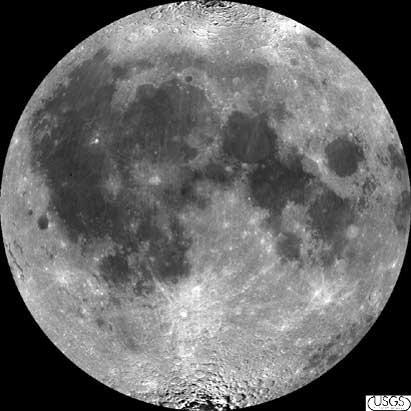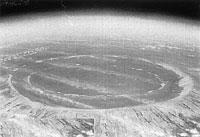The mysterious lunar crater
2001/05/08 Elhuyar Zientzia

On June 25, 1178, five nuns from Canterbury announced an explosion on the Moon. The moon was called fire, brasa and spark." After 8 centuries after the Russian spacecraft Lunik III discovered a rather young crater on the Moon and since then several scientists have tried to demonstrate the relationship between both phenomena. That explosion of the year 1178 caused the impact of a meteorite that caused the crater Giordano Bruno.
Most astronomers have been quite sceptical about this theory, but without the sample of the crater, the age can hardly be fixed and, therefore, the theory cannot be denied. In fact, the crater Giordano Bruno could form in any of the last 350 million years, and although it is not believed that it is only 800 years old, the probability is not zero.
However, there are most astronomers who are against theory. It is estimated that a meteorite capable of forming the Giordano Bruno crater would extract 10 million tons of rock and that most particles would have between 0.1 and 10 cm of diameter. All these rock fragments would generate a huge rain of stars visible throughout Europe and Asia as they enter the atmosphere of the Earth, but in no historical writing has this phenomenon been detected, neither in the days following the possible collision nor in the coming years. In fact, until the crash dispersed the rock clouds thrown into space, for decades the rain of stars had to happen every year. Therefore, most astronomers argue that the Giordano Bruno crater has not been collided in 1178. The end of a nice history?

Gai honi buruzko eduki gehiago
Elhuyarrek garatutako teknologia






